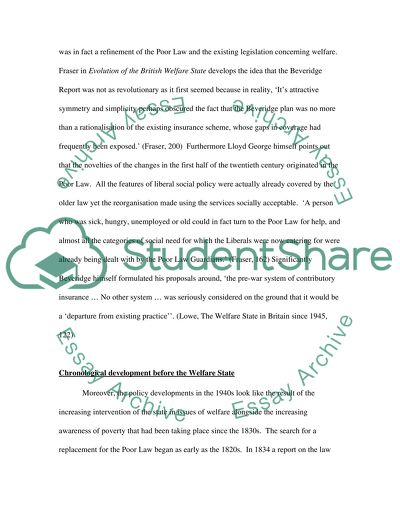Cite this document
(“British Welfare State Essay Example | Topics and Well Written Essays - 2000 words”, n.d.)
Retrieved from https://studentshare.org/miscellaneous/1505015-british-welfare-state
Retrieved from https://studentshare.org/miscellaneous/1505015-british-welfare-state
(British Welfare State Essay Example | Topics and Well Written Essays - 2000 Words)
https://studentshare.org/miscellaneous/1505015-british-welfare-state.
https://studentshare.org/miscellaneous/1505015-british-welfare-state.
“British Welfare State Essay Example | Topics and Well Written Essays - 2000 Words”, n.d. https://studentshare.org/miscellaneous/1505015-british-welfare-state.


